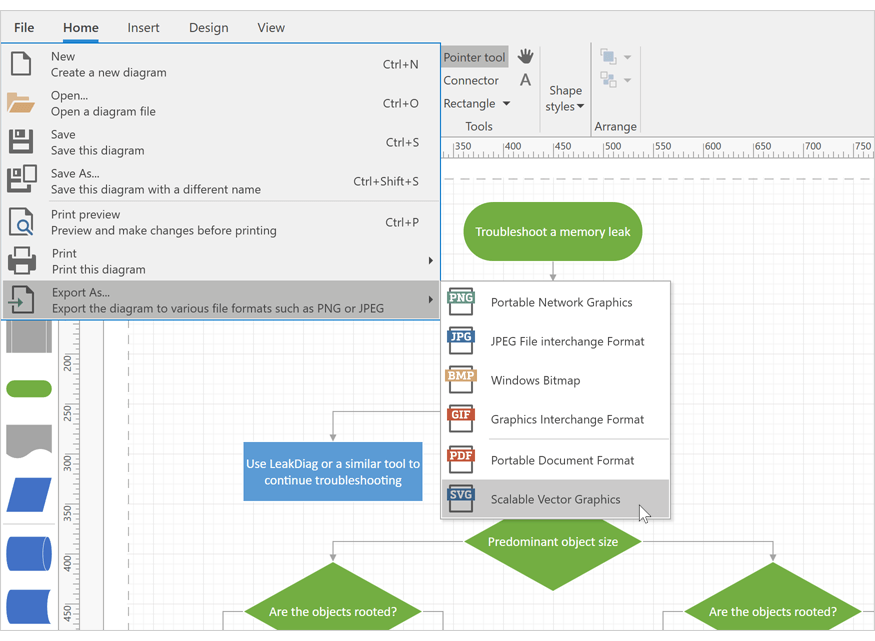I have a dataframe in the following format:
id | name | logs
---+--------------------+-----------------------------------------
84 | "zibaroo" | "C47931038"
12 | "fabien kelyarsky" | c("C47331040", "B19412225", "B18511449")
96 | "mitra lutsko" | c("F19712226", "A18311450")
34 | "PaulSandoz" | "A47431044"
65 | "BeamVision" | "D47531045"
As you see the column "logs" includes vectors of strings in each cell.
Is there an efficient way to convert the data frame to the long format (one observation per row) without the intermediary step of separating "logs" into several columns?
This is important because the dataset is very large and the number of logs per person seems to be arbitrary.
In other words, I need the following:
id | name | log
---+--------------------+------------
84 | "zibaroo" | "C47931038"
12 | "fabien kelyarsky" | "C47331040"
12 | "fabien kelyarsky" | "B19412225"
12 | "fabien kelyarsky" | "B18511449"
96 | "mitra lutsko" | "F19712226"
96 | "mitra lutsko" | "A18311450"
34 | "PaulSandoz" | "A47431044"
65 | "BeamVision" | "D47531045"
Here is the dput of a section of the real dataframe:
structure(list(id = 148:157, name = c("avihil1", "Niarfe", "doug henderson",
"nick tan", "madisp", "woodbusy", "kevinhcross", "cylol", "andrewarrow",
"gstavrev"), logs = list("Z47331572", "Z47031573", c("F47531574",
"B195945", "D186871", "S192939", "S182865", "G19539045"), c("A47231575",
"A190933", "C181859"), "F47431576", c("B47231577", "D193936",
"Q184862"), "Y47331579", c("A47531580", "Z195944", "B185870"),
"N47731581", "E47231582")), .Names = c("id", "name", "logs"
), row.names = 149:158, class = "data.frame")

